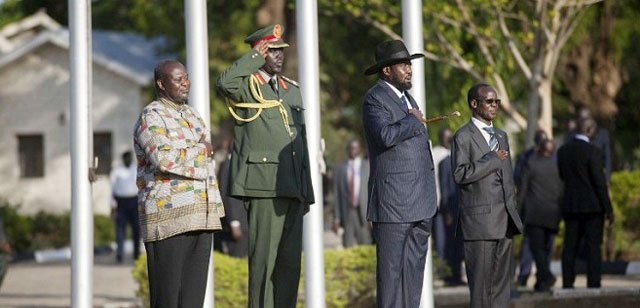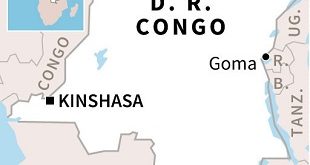
Meressa K Dessu | ISS TODAY | With the civil war in South Sudan concluding its fourth year, the Intergovernmental Authority on Development (IGAD) is maximising its efforts to revitalise the Agreement on the Resolution of the Conflict in the Republic of South Sudan (ARCSS) through the establishment of a High Level Revitalisation Forum (HLRF). IGAD says this is the only viable way to build peace and stability in the country. But it faces multiple challenges.
The ARCSS was signed by four parties on 17 August 2015 through IGAD-led mediation and the support of the Norway-United Kingdom-United States Troika. The signatories were the Sudan People’s Liberation Movement and Army in Government (SPLM/A-IG), Sudan People’s Liberation Movement and Army in Opposition (SPLM/A-IO), former detainees, and a coalition of other political parties.
But this agreement only temporarily halted the catastrophic civil war that erupted in mid-December 2013 between the SPLM/A-IG and SPLM/A-IO.
According to the ARCSS, a Transitional Government of National Unity (TGoNU) was established on a power-sharing basis that gave the SPLM/A-IG presidential power, and gave the vice presidency to the SPLM/A-IO. But this agreement collapsed in July 2016 when fighting resumed between forces loyal to President Salva Kiir Mayardit and the SPLM/A-IO chief and TGoNU vice president Riek Machar Teny.
Machar went into exile and Kiir replaced him with General Taban Deng Gai, a move that divided the SPLM/A-IO into two armed factions.
READ FULL ANALYSIS HERE – CLICK
Can #SouthSudan’s peace agreement be revitalised? ISS Today https://t.co/49EjmOBuMg pic.twitter.com/FJlPR8EyMV
— ISS (@issafrica) December 8, 2017
 The Independent Uganda: You get the Truth we Pay the Price
The Independent Uganda: You get the Truth we Pay the Price


